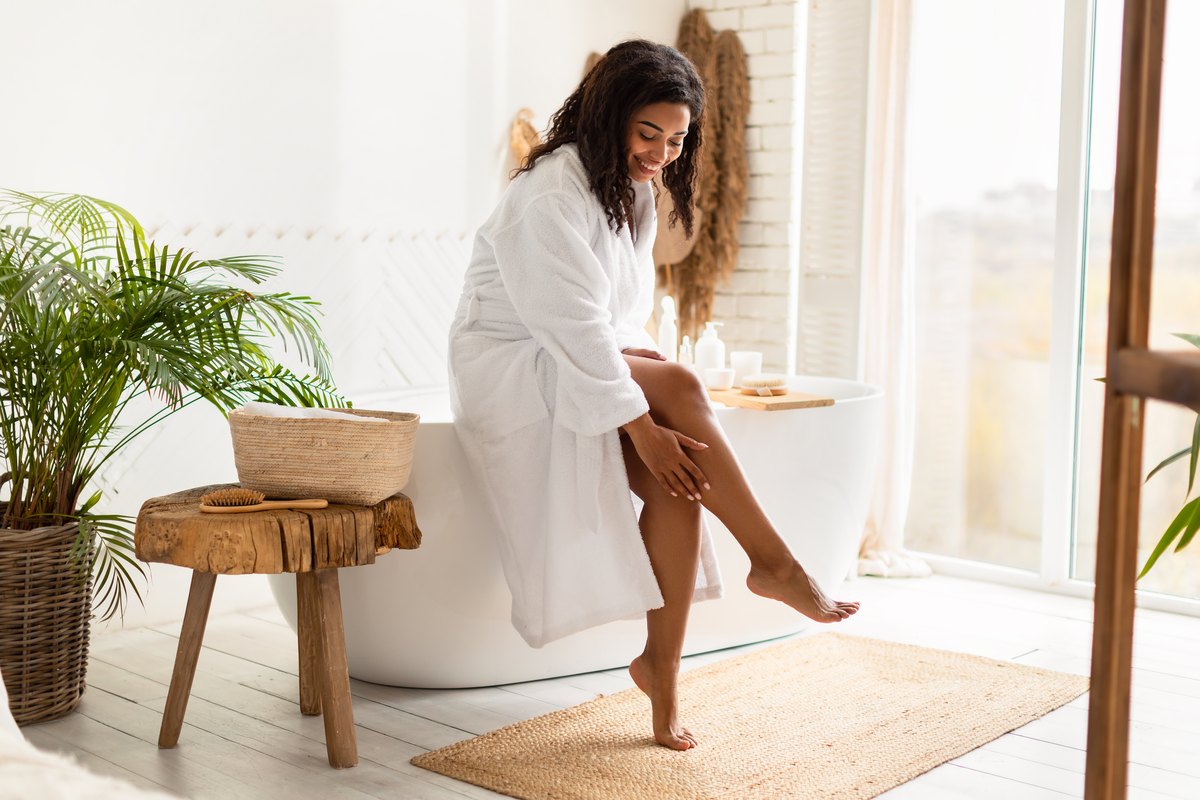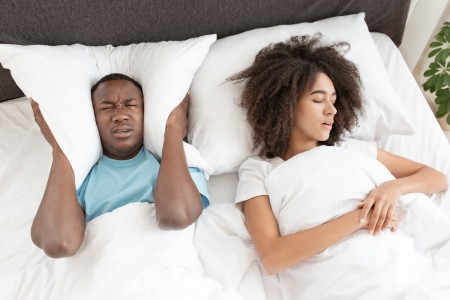
Advertisements
Technically classified as a sleep disorder (and even more specifically, a neurological sensory sleep disorder), restless legs syndrome (RLS) — or Willis-Ekbom Disease — is estimated to affect up to 10 percent of people in the U.S.
Video of the Day
The disorder, as the name implies, is marked by an irresistible urge to move the legs — typically in the evening or at night — and uncomfortable sensations in the legs that can feel like burning, aching or tingling.
"Restless legs syndrome is a funny, creepy-crawly sensation that patients experience when they're about to go to bed," explains Jyoti Matta, MD, medical director of the Center for Sleep Disorders at Jersey City Medical Center. "The syndrome feels like an irresistible urge to shake or move your legs. It can feel like ants crawling on you. "
Unfortunately, RLS is a lifelong, chronic condition that does not have a known cure. However, there are some home remedies for restless legs syndrome relief, as well as a few medications for RLS that your doctor may recommend.
Tip
It's important to work with a doctor if you're having symptoms of RLS, because it can severely affect the quality of your life and, especially if sleep is impaired, lead to disruptions in your daytime routine, job performance, relationships and more.
1. Try a Warm Bath Before Bed
For instant relief from restless legs at night, Dr. Matta suggests finding a bedtime routine that primes your body to relax before RLS can kick in. She especially recommends taking a warm bath to help you wind down.
Other soothing activities to try include bedtime meditation, reading, stretching and light yoga.
2. Do Moderate Exercise

Dr. Matta also recommends exercise, which can serve the dual purpose of helping to physically relieve the symptoms of restless legs and helping you sleep better at night. (Interrupted sleep is one of the biggest problems with RLS, so anything you can do to get better sleep will help with the overall condition.)
However, there are two important caveats when using exercise for RLS:
- You should never exercise right before you go to sleep.
- The exercise should be kept to moderate levels only (think: walking, light jogging, biking) so it doesn't increase stress levels or trigger symptoms
In some cases, exercise can make restless legs syndrome worse, so be sure to stick to daytime workouts and keep the activity levels on the lighter side.
Advertisements
Tip
The Physical Activity Guidelines for Americans recommend adults get at least 150 minutes of moderate exercise each week (that's about 30 minutes a day, five days a week).
3. Skip Caffeine, Tobacco and Alcohol
Using these substances can cause RLS symptoms to flare up for some people, according to the American Academy of Family Physicians. Try cutting them out of your day to see if they improve your symptoms.
Easier said than done, we know. But here are some tips to help:
- How to Wean Off Caffeine Without Going Through Major Withdrawal
- The 7 Most Effective Strategies to Quit Smoking for Good
- 8 Ways to Unwind Without Alcohol
4. Consider Certain Diet Changes

Advertisements
There isn't one specific food that has been found to worsen or help with RLS symptoms.
Foods to Avoid
However, Dr. Matta stresses that it's important to avoid sugary foods and snacks, especially in kids. (Some people report sugar as a trigger for their RLS, but a link hasn't been found in research. Still, it may be worth cutting down on foods with added sugar to see if it helps.)
Foods to Eat
As far as what foods you should eat, the Cleveland Clinic recommends adding foods rich in iron, folate and magnesium — all of which have been found to help with RLS symptoms — to your diet.
These include:
- Spinach
- Seafood
- Beans
- Whole-grain breads
- Lentils
- Almonds
- Edamame
Additionally, Dr. Matta says staying hydrated can help decrease symptoms. (Just be sure you're sipping on caffeine-free fluids, like water.) A good general guideline is to drink half your weight in ounces each day. So, if you weigh 180 pounds, for example, aim to drink about 90 ounces (or 11 glasses).
5. Reduce Your Stress
Oh, look — it's our old friend, stress. You're probably sick of hearing about how stress affects pretty much every health condition known to humankind, but it's the truth.
"Stress and anxiety play a role in everything," notes Dr. Matta. She adds that stress and anxiety can both trigger RLS, though people can sometimes go for days without symptoms. In other words, you could have restless legs days after you actually experienced the stress.
Anything you can do to relieve your stress can be helpful for both RLS and your overall health. Here are a few methods to try:
- Adjust your work schedule to be less demanding, if possible.
- Prioritize self-care activities like exercise and meditation.
- Consider gratitude exercises like journaling.
- Find a therapist who can help you identify stress triggers and establish healthy ways to manage stress.






